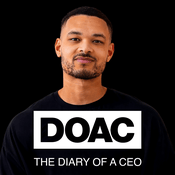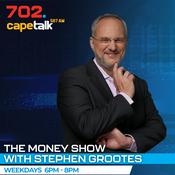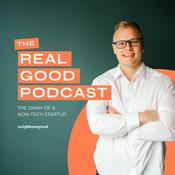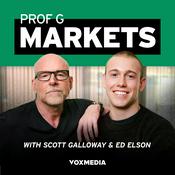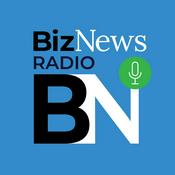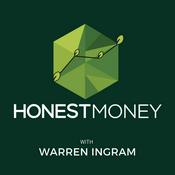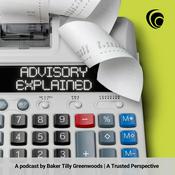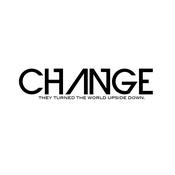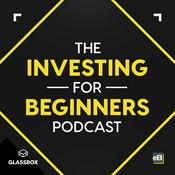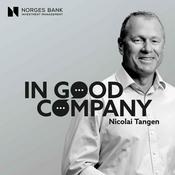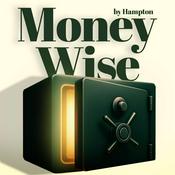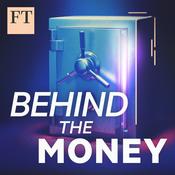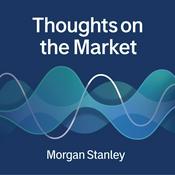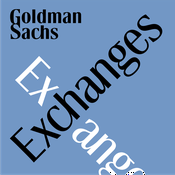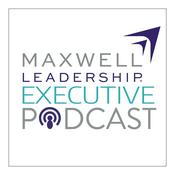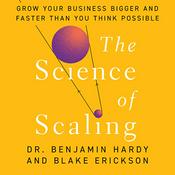Available Episodes
5 of 78
- UK Autumn Budget: Success or shortfall?The UK’s fiscal policy faced a pivotal moment as Chancellor Rachel Reeves delivered her second Autumn Budget, confronting market and political pressures. The budget builds fiscal headroom mainly through tax rises deferred until 2028, sparking debate over its credibility.Markets responded favourably, with gilt yields steady and the FTSE 250 gaining ground since. Yet sentiment remains fragile amid ongoing political uncertainty.In Episode 78 of The Flip Side podcast, Global Head of Research Brad Rogoff and UK Chief Economist Jack Meaning debate the implications for markets, inflation and the UK’s economic future.Clients of Barclays Investment Bank can read more on UK macro strategy with our latest reports on Barclays Live, including:Autumn Budget: Consolidate, but not yetThe signal from the noise--------13:37
- Is Japan doubling down on Abenomics, or redefining it?Japan’s economic policy stands at a crossroads as Prime Minister Sanae Takaichi takes office, with the legacy of Abenomics challenged by shifting market and political realities.The yen has halved against the dollar since 2012, superlong Japanese Government Bond (JGB) yields are at record highs, and demographic changes have reshaped demand for government bonds, setting the stage for a global debate on whether Japan’s new leadership can adapt its economic strategy to meet current challenges without causing instability at home or abroad.In Episode 77 of The Flip Side podcast, Global Head of Research Brad Rogoff and Head of Japan FX & Rates Strategy Shinichiro Kadota analyse the credibility of Japan’s fiscal ambitions, the fragility of JGB supply-demand, and consider the impact of persistent inflation on the Bank of Japan’s rate path.--------14:12
- Is the AI investment cycle a sign of history repeating?Artificial intelligence has become the defining investment theme of the current market cycle, with capital expenditure on AI infrastructure reaching unprecedented levels. Hyperscalers have announced nearly $400 billion in capex for this year alone, and forecasts suggest annual increases of 30% in the years ahead. As investors weigh the promise of this transformative technology against the risks of overbuilding, the debate intensifies: will markets continue to run efficiently or are we repeating the excesses of past tech booms that led to busts?In Episode 76 of The Flip Side podcast, Brad Rogoff, Global Head of Research, and Venu Krishna, Head of US Equity Strategy, examine the forces behind the AI investment surge and consider the bull and bear cases that surge presents. They explore whether current spending is justified by demand, how power and infrastructure constraints could shape the outlook, and what lessons can be drawn from previous cycles of rapid tech expansion.With AI capex now central to both equity valuations and broader economic growth, this episode unpacks the critical questions facing portfolio managers as they navigate one of the most consequential debates in today’s markets.For deeper insight, clients can access related Barclays Research on Barclays Live:Equity Strategy: Lost My Chain-of-Thought: Could the AI narrative stumble?Food for Thought: Generative AI vs. cash generationEpisode 69 'Is there too much hype for AI and the hyperscalers?'Important Content Disclosures--------17:42
- US bank regulatory reform: Capital relief or systemic risk?In June, US banking regulators, led by the Federal Reserve, proposed changes to the supplementary leverage ratio (SLR), a regulatory measure used to ensure financial stability by limiting excessive leverage.Despite expectations that easing the SLR rules will unlock lending and liquidity in the US economy, concerns remain over potential risks to financial stability. While large US banks tend to maintain capital buffers well above regulatory minimums, critics believe the Fed’s proposal could shift capital away from the intended outcomes and toward shareholders or proprietary trading.In Episode 75 of The Flip Side podcast, Global Head of Research Brad Rogoff and US Large-Cap Bank Analyst Jason Goldberg debate whether the SLR changes will strengthen or strain the US banking system.Clients of Barclays Investment Bank can read more on bank capital in several recent publications:Large-Cap Bank Capital Outlook: SCB improvement near-term, more meaningful changes looking outFed issues proposal to reduce SLR minimum, the first of several capital changes expectedSLR relief - Why we think it helps--------12:41
- Are oil markets set to heat up or burn out?Despite widespread expectations of weakening demand for oil, market fundamentals are showing signs of tightening. A slowdown in US shale production and resilient demand across emerging economies could point to a potential shift in the price of oil.When it comes to demand, elevated refining margins and unexpectedly low inventory levels suggest that actual demand may be outpacing modelled projections.On the supply side, extended development timelines for new projects and the lingering effects of pandemic-era underinvestment have left the market increasingly exposed to potential shortfalls.In Episode 74 of The Flip Side podcast, Global Head of Research Brad Rogoff and lead equity analyst for European energy Lydia Rainforth consider the evolving dynamics of the oil market.--------17:37
More Business podcasts
Trending Business podcasts
About The Flip Side
This podcast series features a lively debate between two of Barclays’ Research analysts taking opposing viewpoints on timely topics of importance to economies and businesses around the globe.
By hearing arguments and insights on both sides, we hope you will come away with a greater understanding of the economic implications of sometimes polarizing issues. For more insights from our experts: https://www.ib.barclays
Important content disclosures: https://www.ib.barclays/disclosures/important-content-disclosures.html
Podcast websiteListen to The Flip Side, The Diary Of A CEO with Steven Bartlett and many other podcasts from around the world with the radio.net app
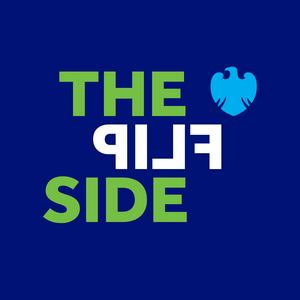
Get the free radio.net app
- Stations and podcasts to bookmark
- Stream via Wi-Fi or Bluetooth
- Supports Carplay & Android Auto
- Many other app features
Get the free radio.net app
- Stations and podcasts to bookmark
- Stream via Wi-Fi or Bluetooth
- Supports Carplay & Android Auto
- Many other app features


The Flip Side
Scan code,
download the app,
start listening.
download the app,
start listening.
